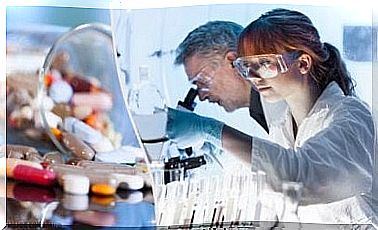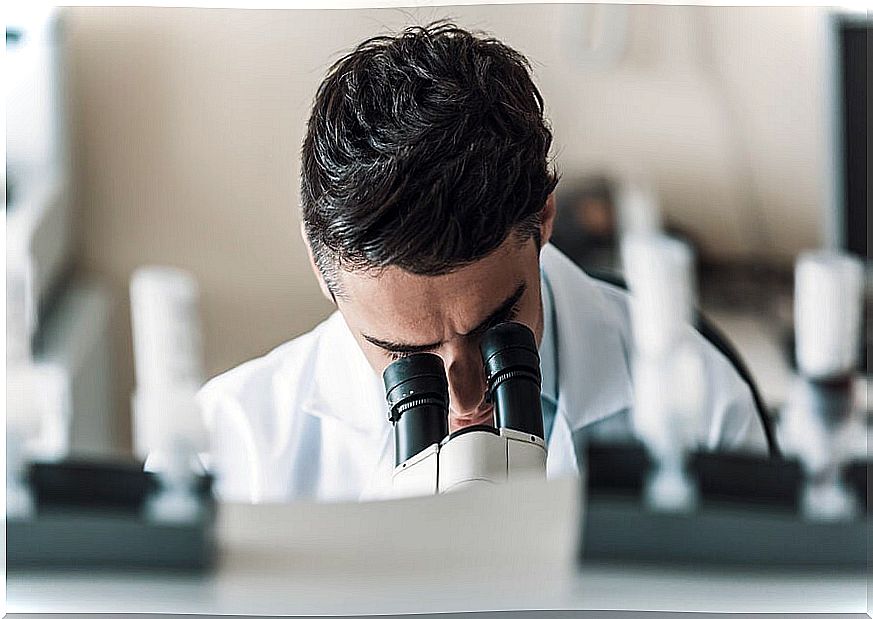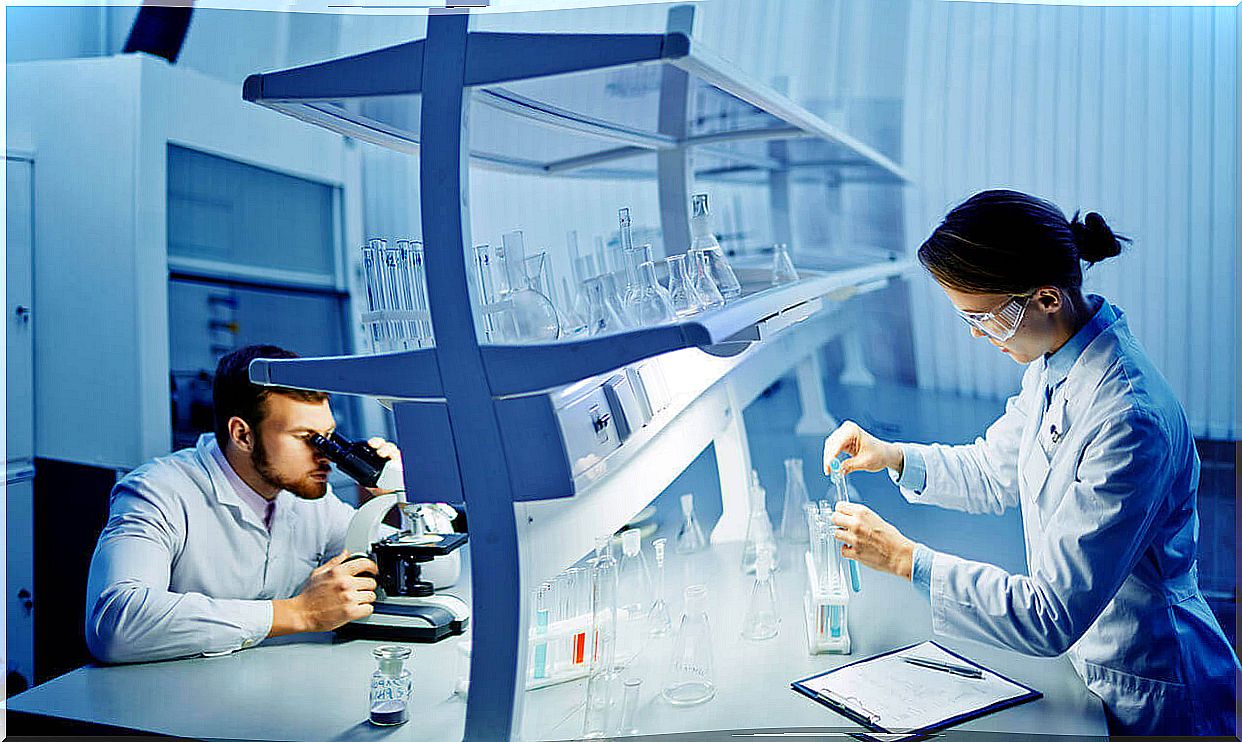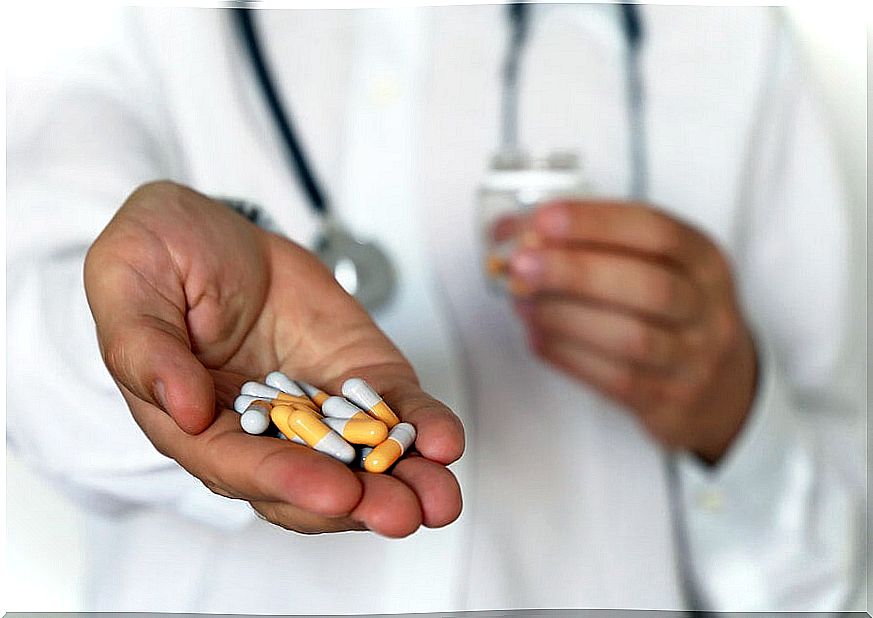Stages In The Development Of A Medicine
Since ancient times, human beings have had the need to calm or put an end to many ills and diseases that afflict their health, hence the need to develop remedies and medications.

For centuries, the development of a medicine was based on crude preparations of plants, animals or minerals. Thus, through trial and error, they managed to become a treatment.
However, with the development of research in medicine and chemistry, the identification and purification of the active components of old preparations became possible. Later, this allowed the development of drugs.
Since then the treatment of a large number of diseases has benefited. However, due to the appearance of adverse effects, the drug development process became more complex and lengthy.
Every year, hundreds of millions of dollars are invested in the pharmaceutical study. And is that to meet the requirements of efficacy and safety, every drug must go through a rigorous research and quality process. This is a fundamental requirement for its subsequent commercialization and administration in people.
Discovery and development of a drug

Generally, the first stage of drug or drug development begins with the identification of therapeutic targets. These usually mark the development of the investigation. The “targets” are associated with a disease and the drug will act on them. Most are lipids, proteins, or nucleic acids.
Once identified, a study is carried out to determine how they work and how they influence the development of a disease. Then an experiment known as “high-throughput screening” is performed. The goal is to find the chemical compound or antibody that can bind to or affect the target in a way that modifies the disease.
Finally potential compounds are identified. These are those that are believed to have the potential to be developed as drugs in the future.
Preclinical research
In this phase, the main aim is to find out how the drug is distributed or eliminated from the body. Likewise, it seeks to know its effects on the organs in different doses. Since the development of a drug is a complex process, multiple tests of the selected compound are performed in the laboratory until it is known whether or not its administration in humans is safe. In order to confirm this information, the preclinical phase includes:
- Assays in living organisms ( in vivo ).
- Cell and tissue studies from glass or plastic containers ( in vitro ).
- Formulation of the drug for use in clinical trials (CMC).
- Pharmacology and toxicology studies. The results must be delivered to the corresponding regulatory agencies, since they are the ones that authorize clinical trials in humans.
Clinical research

Extensive trials are conducted in clinical research to determine how the drug works in humans. It is also determined if it is effective in treating the disease.
Before starting this phase, researchers must deliver to regulatory agents (FDA for the United States, EMA for Europe and AEMPS for Spain) the Investigation Process for a New Drug (IND) document. In this the detailed information of the investigation is gathered:
- Preclinical results.
- Chemical structure.
- Mode of action.
- Toxicity and side effects of animal tests.
- Production process.
In addition, it must include a protocol of the clinical trial in humans that you want to carry out:
- Number of expected participants.
- Centers involved.
- Patient selection criteria.
- Safety and efficacy measures.
After receiving authorization from the corresponding entity, the clinical stage goes through a series of phases.
Phase 1
The objective is to know the behavior of the experimental compound in the body and the acceptable dose ranges. Often, small groups of healthy volunteers and patients are tested.
Phase 2
In this phase of drug development, analyzes are performed with the participation of more than 100 patients (up to 500). These are exploratory therapeutic studies. Researchers tend to prefer patients who do not take other types of medication for other conditions. This is because this could alter the possible results. Its objectives are:
- Assess whether the drug is effective.
- Continue investigation of component safety.
- Determine the optimal dose.
- Find the best form of administration (injections, tablets, among others).
Phase 3
In this phase of the development of a drug , large-scale studies are carried out, with the participation of 500 to 5000 patients. The amount depends on the disease and the structure of the investigation. Its objectives are the following:
- Confirm the efficacy of the compound.
- Monitor side effects.
- Compare the drug with other treatments used for the same disease.
- Evaluate the tolerability of the candidate drug with a placebo.
Phase 4

In this phase, the application for the commercialization of a new drug is sent to the competent regulatory agencies. In addition, it is common that, although the drug has been approved by regulatory agents, clinical trials continue to be carried out. This is to obtain additional information, either of its benefits or of its adverse effects.
Registration and authorization
To register a new drug, regulatory authorities must carefully review all preclinical and clinical studies. For this, it is necessary to fully describe the manufacturing process in the application. If at the end of the review, the agents agree that the data prove the quality, efficacy and safety of the drug, authorization for its commercialization is granted.
Launch and follow-up
Once the drug begins to be marketed, it is necessary to continue monitoring its behavior in the body. This is especially important when it comes to adverse effects. New clinical trials, such as Phase 4 trials, are frequently conducted. The goal is to further determine their effectiveness, add new indications, or improve existing formulations.









